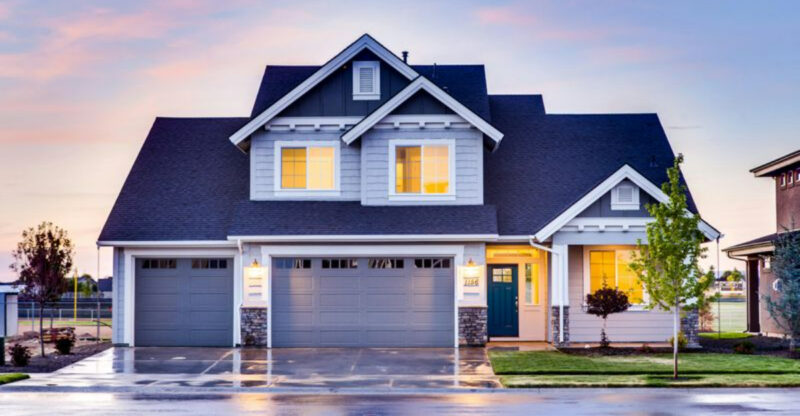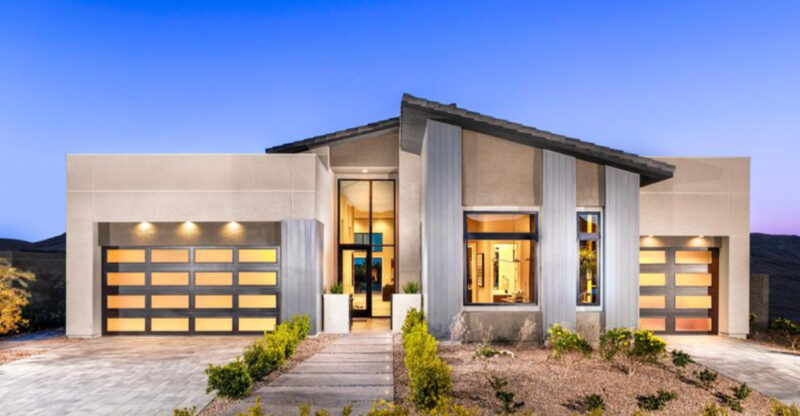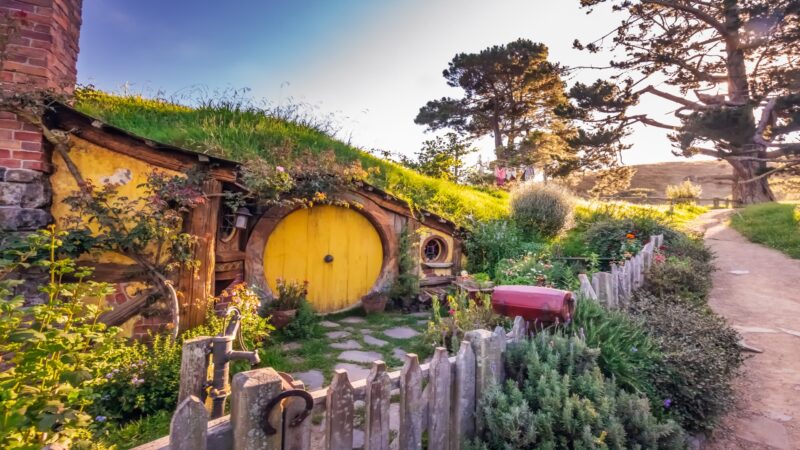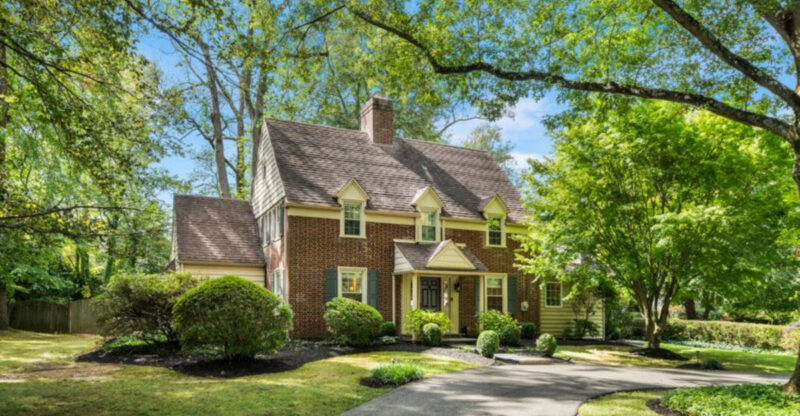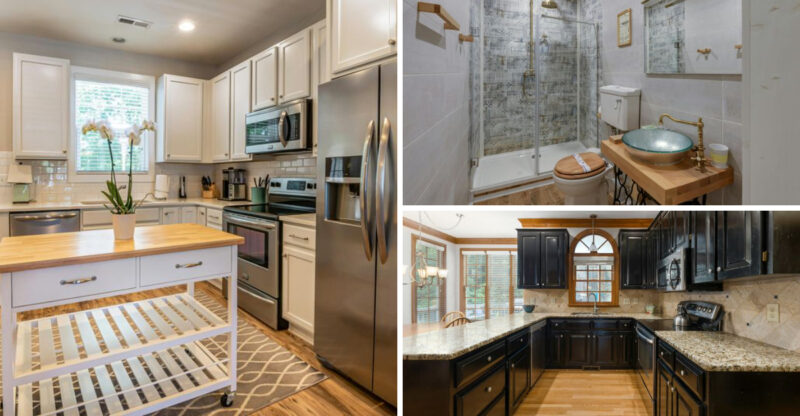Cary Housing Market: 3 Types Of Homes Losing Value In 2025 (And 8 Poised To Rise)
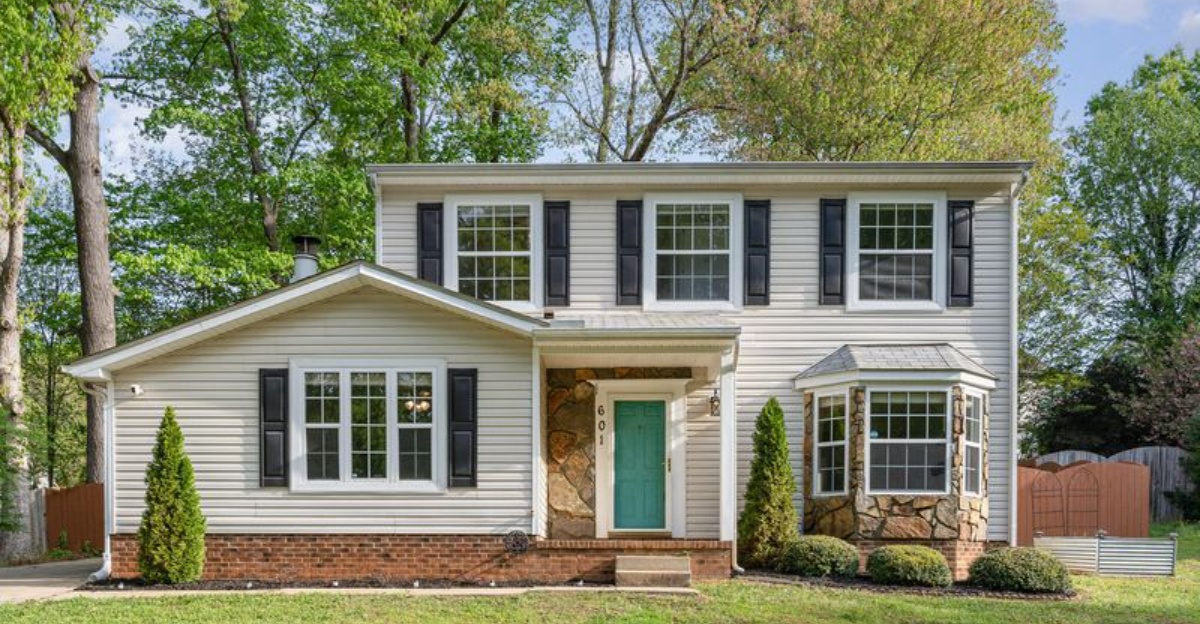
Cary’s real estate landscape is undergoing a quiet transformation. What sold quickly a few years ago may now sit untouched, while other properties spark bidding wars the moment they hit the market.
Driven by evolving lifestyles, rising interest in walkability, and a growing demand for efficiency, buyers are reevaluating what truly matters.
For homeowners, that shift could mean opportunity – or a wake-up call. The key is knowing which homes are falling out of favor and which are quickly becoming the new gold standard.
1. Oversized Luxury Properties
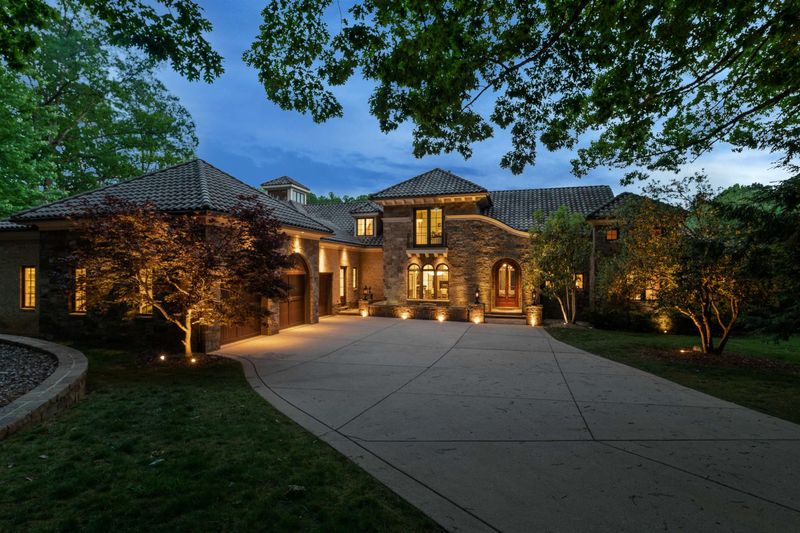
McMansions are falling out of favor with today’s buyers who prioritize efficiency over excess square footage. These massive homes, often 4,000+ square feet, come with hefty utility bills and maintenance costs.
Rising property taxes in Cary’s premium neighborhoods further diminish their appeal. Young families and downsizing empty-nesters increasingly seek more manageable living spaces with better location advantages.
2. Outdated Suburban Builds
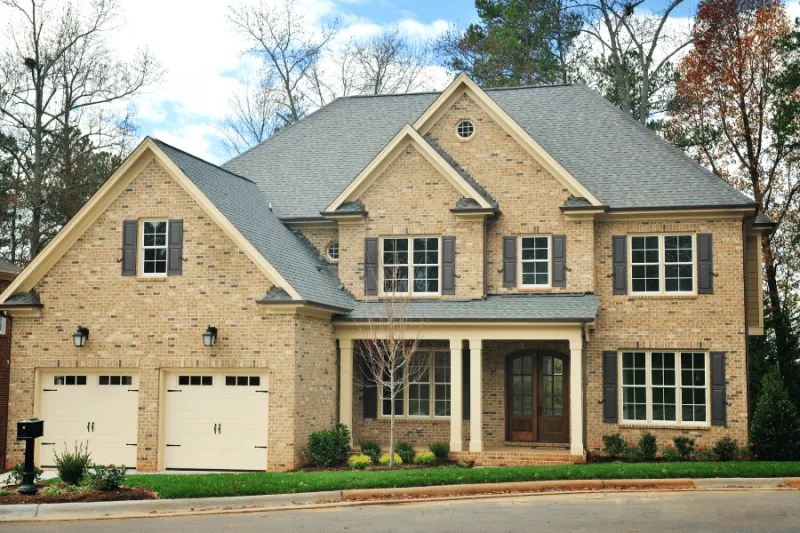
Cookie-cutter homes from the 1990s and early 2000s are losing their shine in today’s market. With dated floor plans featuring formal dining rooms and closed-off kitchens, these properties fail to meet modern lifestyle demands.
Buyers increasingly reject the closed-off layouts and beige-on-beige aesthetic. Without significant renovations to create open concepts and updated finishes, these suburban builds face declining demand and values.
3. Properties In High-Maintenance HOAs
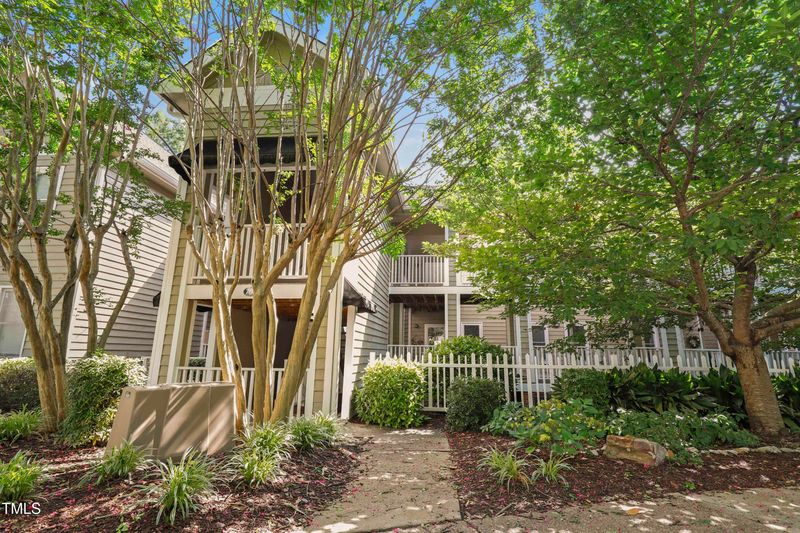
Restrictive communities with sky-high fees are rapidly losing appeal among Cary homebuyers. These properties often come with stringent rules limiting everything from paint colors to landscaping choices.
Homeowners increasingly resist paying premium monthly fees for amenities they rarely use. The combination of rising HOA costs and limited personal freedom creates a perfect storm for declining property values, especially as more flexible alternatives emerge nearby.
4. Energy-Efficient New Builds
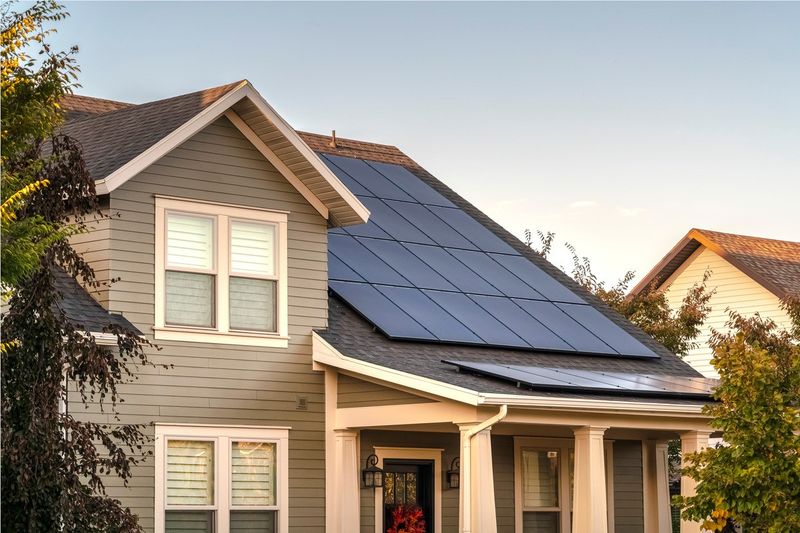
Green homes are capturing premium prices as energy costs continue rising. These properties feature superior insulation, solar options, and high-efficiency HVAC systems that dramatically reduce utility bills.
Buyers increasingly rank energy efficiency among their top priorities when house hunting in Cary. New construction with ENERGY STAR certification and smart resource management features commands significantly higher resale values, often recouping installation costs many times over.
5. Walkable Urban Townhomes
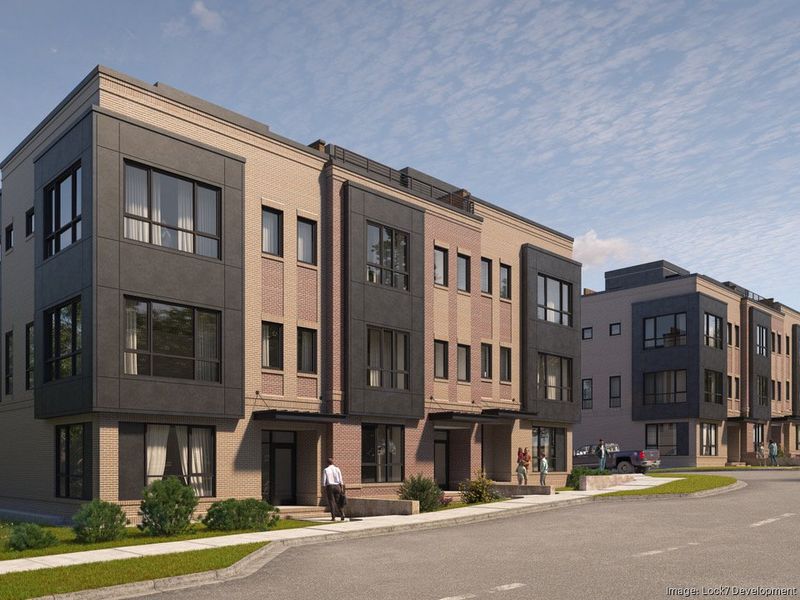
Central locations are commanding premium prices as commuters tire of long drives. Townhomes within strolling distance of Downtown Cary’s shops, restaurants, and entertainment venues offer the perfect blend of convenience and community.
Young professionals and empty nesters particularly value these lock-and-go properties. The combination of lower maintenance requirements and vibrant neighborhood amenities creates strong appreciation potential for well-positioned urban townhouses.
6. Renovated Mid-Century Homes
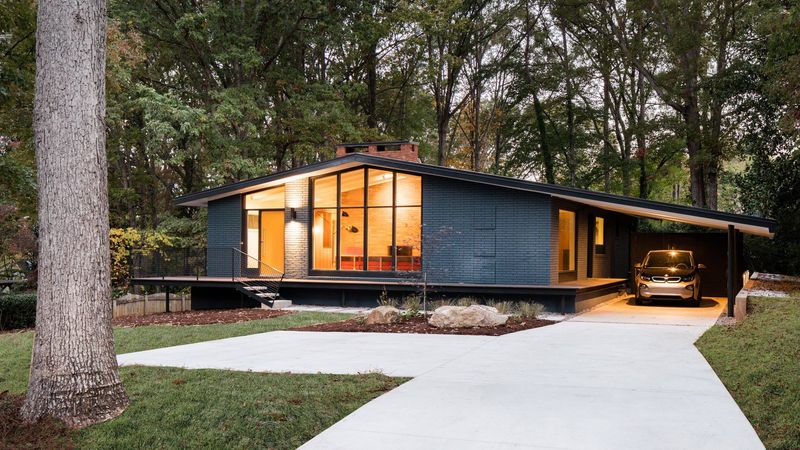
Vintage charm meets modern convenience in these increasingly sought-after properties. Mid-century homes from the 1950s-70s offer solid construction, distinctive architectural details, and often larger lot sizes than newer builds.
Thoughtfully updated mid-century properties preserve character while incorporating contemporary kitchens and baths. Buyers willingly pay premiums for these unique homes, especially in established Cary neighborhoods with mature trees and proximity to downtown.
7. Compact Single-Family Residences
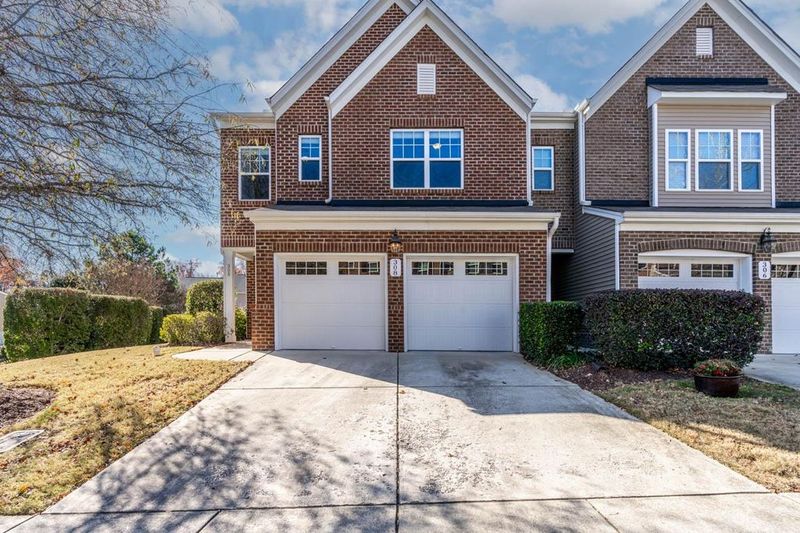
Smaller footprints are making a big impact on Cary’s housing market. These efficient homes, typically under 2,000 square feet, offer the privacy of detached living without excessive space to maintain or heat. First-time buyers and downsizers compete fiercely for well-designed compact houses.
Smart layouts that maximize functionality without wasted space continue attracting premium offers, especially when located in desirable school districts or near employment centers.
8. Homes Near Greenways And Parks
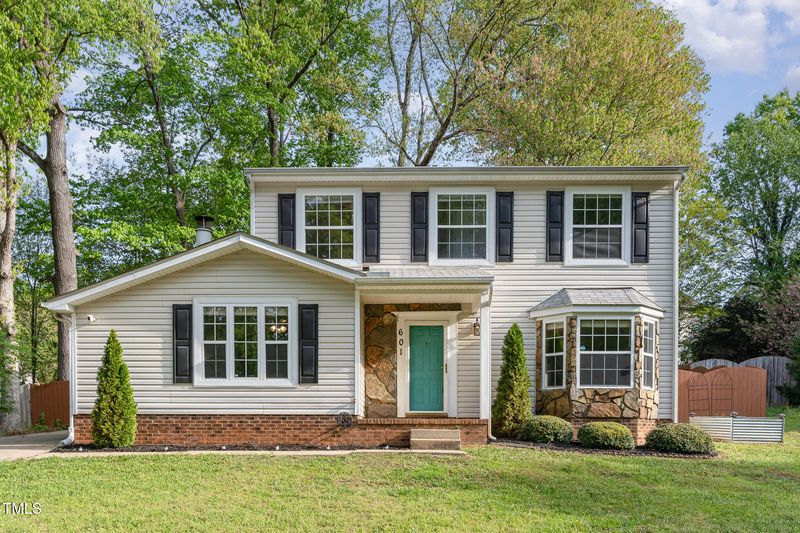
Natural surroundings dramatically boost property values in Cary’s competitive market. Houses adjacent to the town’s extensive greenway system or near popular parks like Bond Park command significant premiums.
Access to outdoor recreation directly from your doorstep represents the ultimate amenity for active families. Properties offering this connection to nature consistently appreciate faster than comparable homes without green space proximity, regardless of market fluctuations.
9. Mixed-Use Development Units
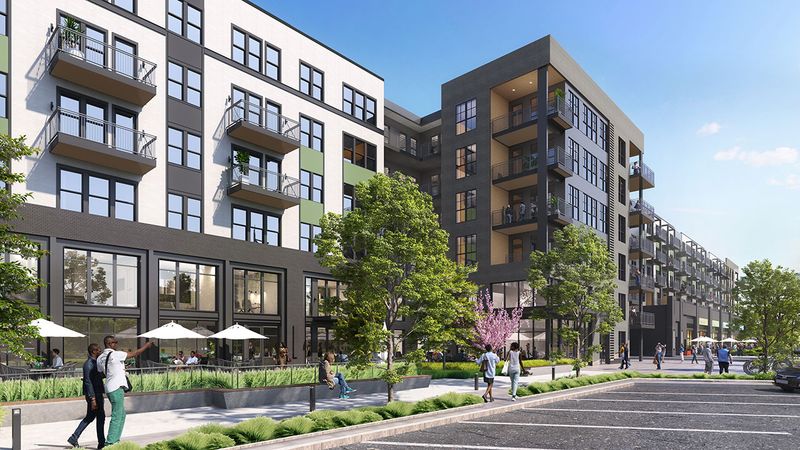
Live-work-play environments represent the future of suburban living in Cary. Condos and apartments integrated with retail, dining, and office space offer unprecedented convenience for residents seeking simplified lifestyles.
Developments like those in downtown Cary and Parkside Town Commons attract buyers willing to pay premiums for walkability. The combination of reduced car dependency and vibrant community atmosphere ensures these properties will continue appreciating as similar developments remain limited.
10. Tech-Enabled Smart Homes
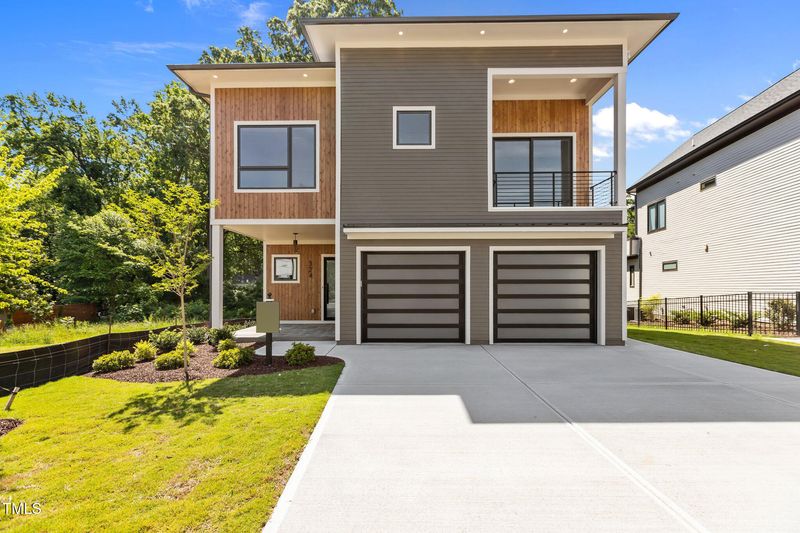
Cutting-edge technology integration creates significant value differentiation in Cary’s tech-savvy market. Properties featuring comprehensive smart systems for security, climate control, and entertainment command higher prices from buyers seeking modern convenience.
Tech workers relocating to the Triangle particularly value these turnkey connected homes. The premium for well-executed smart technology continues growing as more buyers experience the convenience of controlling their environment through voice commands and smartphone apps.
11. Multi-Generational Floor Plans
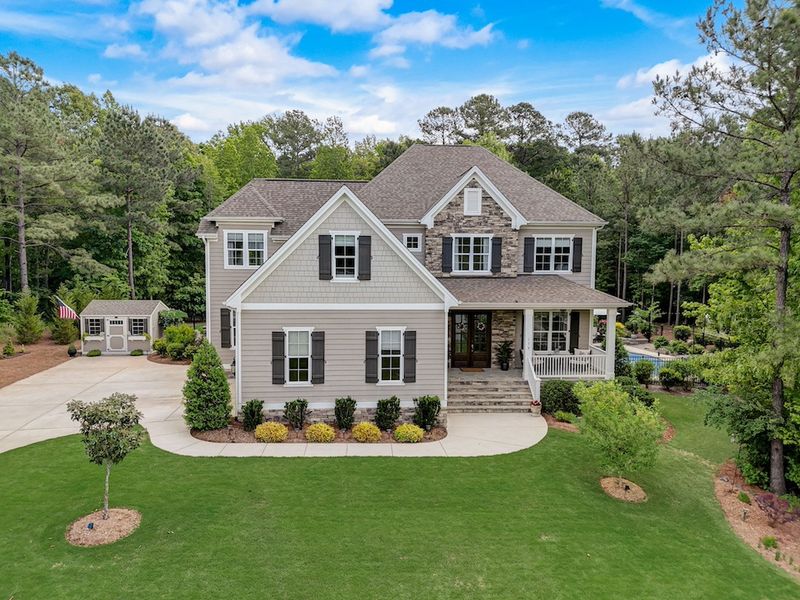
Flexible living arrangements are becoming essential as family dynamics evolve in Cary. Homes featuring separate entrances, in-law suites, or accessory dwelling units accommodate extended families while maintaining privacy and independence.
Aging parents, adult children, or potential rental income make these versatile properties increasingly desirable. The ability to adapt spaces for changing needs creates lasting value, especially as housing affordability challenges make shared living arrangements more common.

